When [KOOP Instruments] started learning the piano, he wasn’t prepared for the tedium of learning chords and their relationships on the standard keyboard layout. But instead of killing his desire to tickle the ivories, it inspired him to explore alternative layouts that are easier to play. He converted to Isomorphism, started building MIDI controllers, and hasn’t looked back.
The latest incantation is Harmonicade, a dual-decked number arranged Wicki-Hayden style. Both decks have 5½ octaves, are (electrically) identical, and run off a single Teensy 3.6. We admire [KOOP]’s use of DB25 connectors to wrangle the wiring between the decks and the Teensy — quite a neat solution. Almost as neat as his beautifully-commented code.
Although the button decks and control boxes are all printed and open source, they are designed to be easily made from acrylic or plywood instead. [KOOP] is going to keep iterating until he’s totally happy with the control locations and layout, and the ease of breakdown and reassembly. We’ve got a double shot of videos for you after the break — one of [KOOP] playing Harmonicade, and a longer one exploring and playing its precursor, the Melodicade.
Tired of conventional-looking MIDI controllers? We hear your bellows and offer this MIDI controller in a concertina.
Continue reading “Harmonicade Is A High-Scoring MIDI Controller”

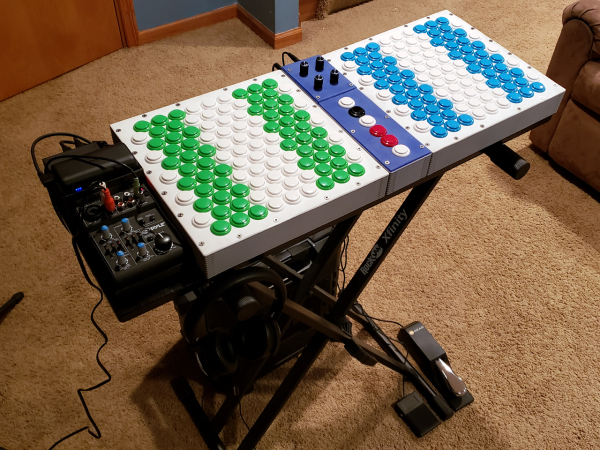


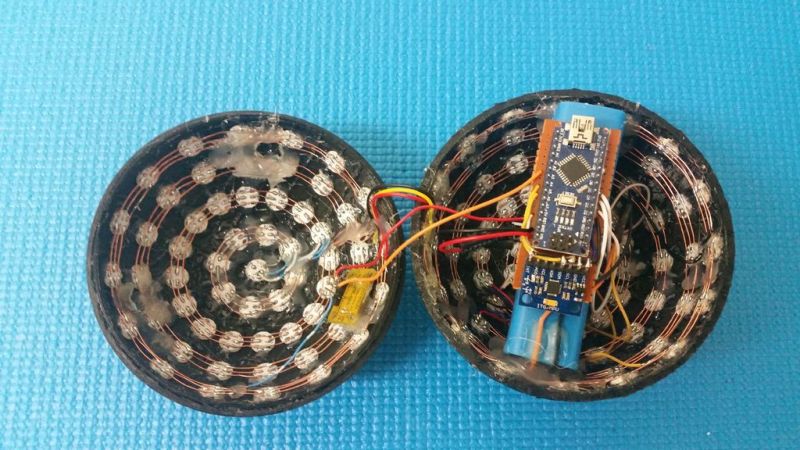
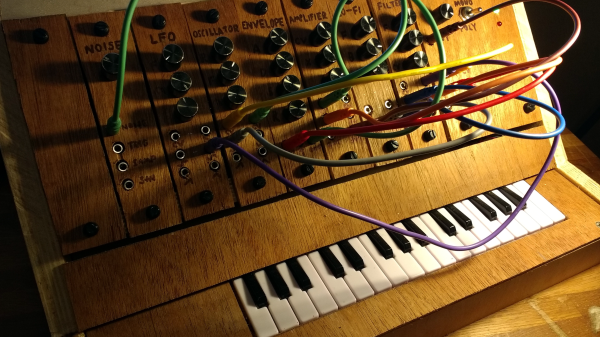
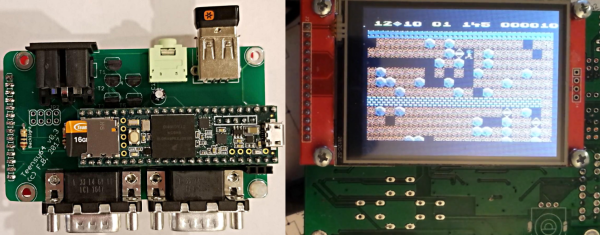

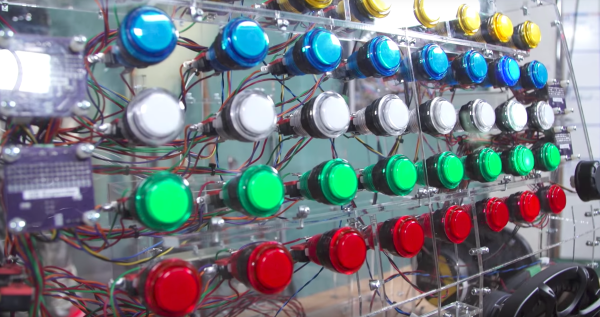
 In order to control all of those buttons, the team designed
In order to control all of those buttons, the team designed 









